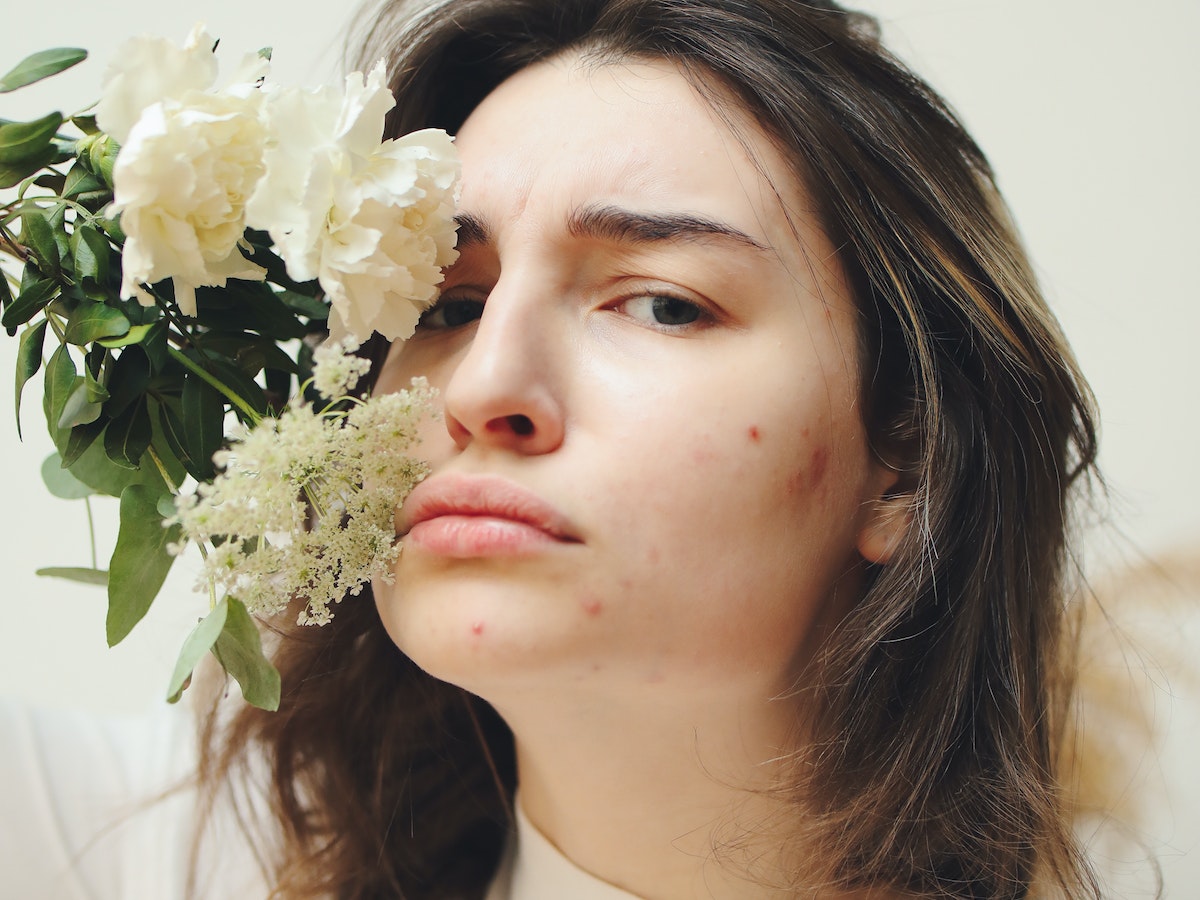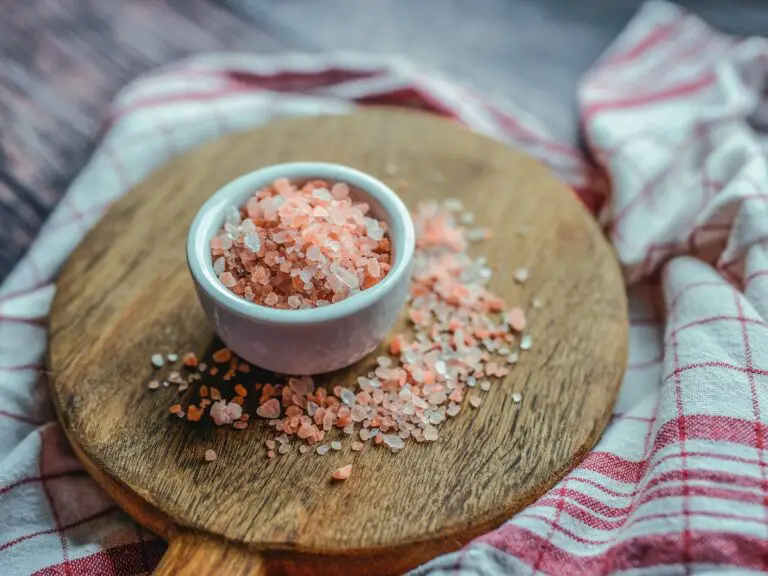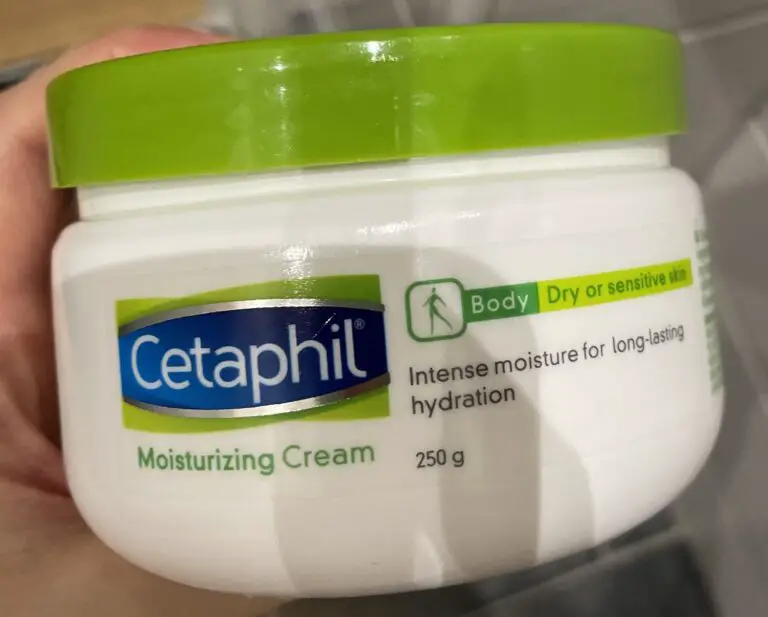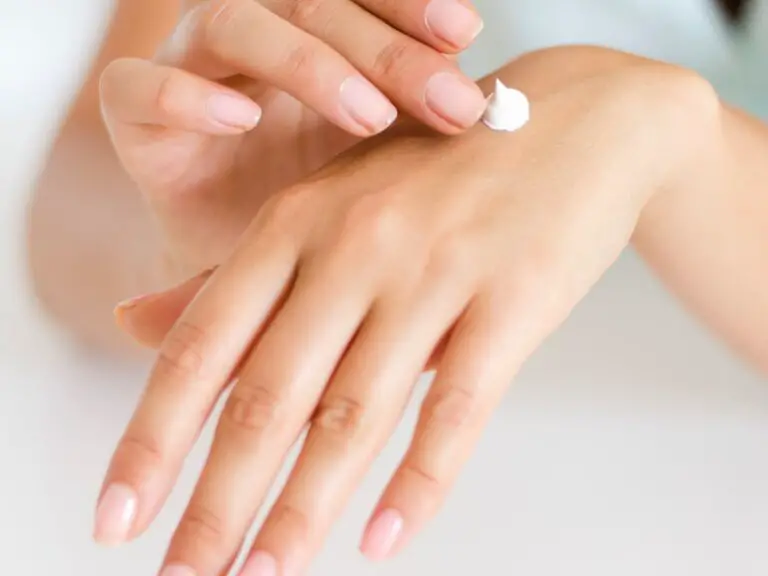Acne after Tubal Ligation (Causes and Solutions)
Medically Reviewed by;
Dr. Kashif
General Physician
Senior Medical Writer
Are you one of the many women who suddenly got acne after tubal ligation? You’re not alone. Women who have had tubal ligation have been interested in the link between acne and this surgery for a long time.
Experts still don’t agree on the exact cause of this link, but they have found a few things that might make it more likely that acne will show up after a tubal ligation. In this piece, we’ll look at the possible causes and solutions for acne after fallopian tubes ligation, to help you better understand and deal with it. From hormonal changes to stress and lifestyle choices, we’ll look at the different things that could be causing your acne and give you tips and answers to help you regain control of your skin.
So, if you’re ready to get rid of those annoying pimples and get better, healthier skin, keep reading to find out how acne and tubal ligation are related.
Table of Contents
What is Tubal Ligation?
Tubal ligation, also called “getting your tubes tied,” is a surgical process that involves closing off the fallopian tubes to stop pregnancy. It is a final way to stop having children, so women who no longer want children usually choose it. Most of the time, tubal ligation is a safe and effective treatment. However, some women may have unexpected side effects, such as acne, after the surgery. The exact reason for this link is still unclear, but it is thought to be related to changes in hormones after the operation.
Hormonal Connection between Tubal Ligation and Acne
Hormones are a big part of why people get acne; if your hormones aren’t balanced, you could break out. Tubal ligation changes the usual balance of hormones in a woman’s body. This can cause the body to make more androgens, the hormones that make the sebaceous glands work.
These glands make Sebum, a sticky substance that helps keep the skin moist. But oil production can clog pores and cause acne when it is too high. Because of this, tubal ligation can cause hormone changes that can throw off the careful balance of hormones and cause acne.
Common Causes of Acne after Tubal Ligation
In addition to changes in hormones, there are a number of other things that can cause acne after tubal closure. Stress is a common cause of acne, and for many women, going to the hospital for surgery is stressful. The worry hormone cortisol can make your body produce more sebum, which can clog your pores and cause acne.
Acne has also been linked to changes in diet, especially the consumption of high-glycemic foods and dairy products. Following surgery, antibiotics or pain relievers may alter the balance of microorganisms in the gut, which can have a secondary effect on the skin. Lastly, living factors like not caring for your skin well or using too much makeup can cause acne after tubal ligation.
Lifestyle Factors Contributing to Acne after Tubal Ligation
Even though hormonal changes are a big part of acne after tubal ligation, some living choices can worsen it. Managing stress is important for keeping your face healthy. Adding stress-relieving activities like exercise, yoga, or meditation to your daily routine can help control hormone levels and make it less likely that you will break out.
The general health of your skin can be enhanced by eating a diet rich in fruits, vegetables, and whole grains. Acne flare-ups can also be lessened by avoiding foods high in sugar, dairy, and processed foods. It’s important to take care of your skin by following a gentle cleansing routine and using skin care products that don’t clog pores or cause acne. Finally, your skin can breathe and repair if you avoid using too much heavy makeup and remove it thoroughly before night.

Tips for Managing Acne after Tubal Ligation
A consistent skin care practice is the best way to deal with acne after tubal ligation. Start by washing your face twice a day with a gentle cleaner. Avoid harsh scrubs or other rough products that can irritate the skin even more. After cleaning, use a moisturizer that won’t clog your pores, like one that doesn’t contain oil.
Using a topical acne treatment with benzoyl peroxide or salicylic acid can help reduce redness and stop new breakouts from happening. But it’s important to add new items slowly and monitor your skin if it reacts badly.
Exfoliating regularly can also help remove dead skin cells and clear pores, but be careful not to do it too much, or your skin could get irritated.
Finally, since acne treatments might increase your skin’s sensitivity to UV rays, you must apply a broad-spectrum sunscreen to protect your skin from the sun.
Medical Treatments for Acne after Tubal Ligation
If changing your lifestyle and using over-the-counter skin care products don’t help your acne after tubal ligation, you may need to see a doctor. Dermatologists can recommend topical or oral medications, like retinoids, antibiotics, or hormonal therapies, to treat moderate to severe acne. These treatments work because they get at the root reasons of acne, reduce inflammation, and stop new breakouts from happening.
It’s important to talk to a doctor or nurse to figure out the best treatment plan for your needs and to ensure that any drugs you’re given won’t interact with other medicines you may be taking.
Natural Remedies for Acne after Tubal Ligation
Both medical treatments and natural cures can help acne after tubal ligation. Tea tree oil, known for being antibacterial and anti-inflammatory, can be put on areas with acne to reduce the germs and inflammation that cause acne. Aloe vera gel can also calm irritated skin and help it heal, thanks to its soothing and healing qualities.
Green tea extract, which has antioxidants that can reduce inflammation, and apple cider vinegar, which can help balance the skin’s pH levels, are also natural treatments. But it’s important to remember that natural cures might not work for everyone. Before trying new treatments, talking to a doctor or nurse is always best.
Psychological Impact of Acne after Tubal Ligation
Dealing with pimples after having your tubes tied can greatly affect a woman’s mind and emotions. Because acne is so obvious, it can hurt a person’s self-esteem and make them feel bad about their bodies. This can lead to feelings of embarrassment, frustration, and even depression.
It’s important to remember that acne is a common face problem that doesn’t say anything about your worth or beauty. Seeking help from friends and family, joining support groups, or talking to a therapist can help you deal with the emotional problems that come with acne and develop ways to improve your self-confidence.
Conclusion
The exact cause of the link between acne and tubal ligation is still unknown. However, hormonal changes and other factors play a big role in the development of acne after surgery. Acne breakouts after tubal ligation can be successfully managed and reduced if you know what might be causing them and take steps to fix them. There are many ways to get clearer, healthier skin, including changing your lifestyle, using skin care tips, getting medical treatments, or using herbal remedies. Don’t forget to talk to a doctor for personalized advice and help as you go through your acne path. With time, effort, and the right techniques, you can eliminate those annoying breakouts and get the clear, confident skin you deserve.
FAQs
Tubal ligation, a surgical procedure for permanent contraception, does not directly affect hormone levels or hormonal balance in the body. However, hormonal fluctuations can occur naturally and may contribute to skin changes, including acne development. Suppose you experience new or worsening acne after tubal ligation. In that case, consulting with a healthcare professional to explore potential underlying causes or hormonal imbalances contributing to acne is advisable.
After tubal ligation, if you experience hormonal imbalances that contribute to acne, maintaining a healthy lifestyle can help balance hormones. Focus on a nutritious diet, regular exercise, stress management, and adequate sleep. Consider incorporating hormone-balancing foods and herbs like flaxseed, broccoli, and chaste berry. It is advisable to consult with a healthcare professional who can provide personalized guidance and may recommend hormone therapy or other interventions if needed.
Post-tubal ligation syndrome refers to symptoms some women experience after undergoing tubal ligation, including hormonal imbalances, menstrual irregularities, and mood changes. However, the existence and nature of this syndrome are controversial and not universally recognized by the medical community. Suppose you suspect you’re experiencing symptoms related to tubal ligation. In that case, it’s best to consult a healthcare professional for an accurate diagnosis and appropriate management.
Getting sterilized, such as through tubal ligation, is not specifically known to directly affect acne. Hormonal imbalances and other factors primarily influence acne. While some individuals may notice changes in their skin after undergoing sterilization, it’s important to consult with a healthcare professional to determine the underlying cause of acne and explore appropriate treatment options.
Hormonal body acne typically appears as deep, painful, inflamed cystic lesions. It commonly occurs on the chest, back, and jawline. The acne may be persistent and recurring, with breakouts often coinciding with hormonal fluctuations, such as during menstruation.
Disclaimer: This article is for educational purposes only, and does not substitute any medical advice. Always consult a qualified healthcare professional for personalized advice before trying new treatments or medications.

General Physician
Senior Medical Writer






